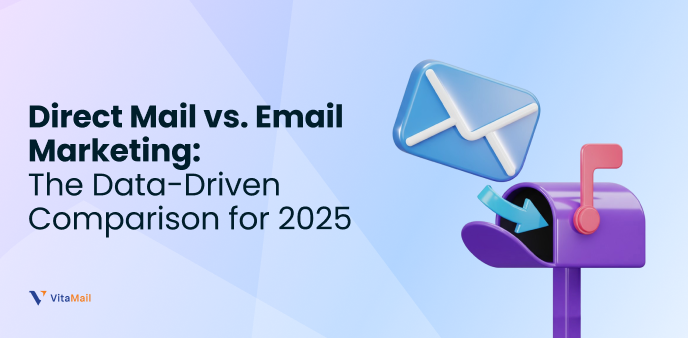First 300 signups get 5,000 credits ⚡️

Domain Monitoring

Domain Monitoring
Find answers to common questions about email verification.

Learn how to end an email with confidence. Discover the best professional, formal, and casual email sign-offs, plus tips for crafting the perfect email signature.
Wednesday, October 29, 2025

Struggling to choose between direct mail and email marketing? We compare costs, ROI, and response rates to help you decide which channel is best for your business in 2025.
Wednesday, October 29, 2025

Discover how the right email validation tools help e-commerce stores fix bounce rates and recover more carts. Learn how bulk and single-email verification with VitaMail keeps your campaigns profitable.
Tuesday, October 28, 2025
Join marketers who get fresh strategies, growth ideas, and new feature updates — only the useful stuff, no spam.